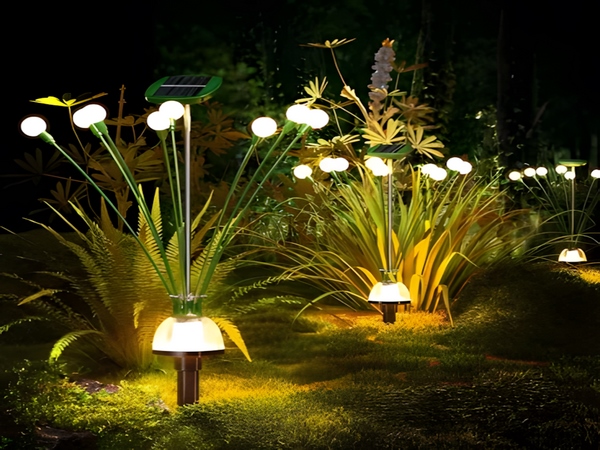
Solar street lights are a product that has emerged in recent years, primarily used on rural roads, such as village roads and township roads. This is due to recent government poverty alleviation policies that have helped various regions build beautiful new countryside, making new rural areas the main market for solar street lights. Moreover, the light poles for solar street lights can be classified into hot-dip galvanized and cold-dip galvanized versions. So, what are the differences between hot-dip galvanized and cold-dip galvanized light poles? Here is a summary from Century Sunshine.
1. Appearance
The surface of electro-galvanized coatings is relatively smooth and bright, using a colored passivation process where the primary color is yellow-green, displaying a rainbow-like effect. White passivation coatings appear bluish-white or white with green light, and at certain angles to sunlight, the white passivation coating may reflect a rainbow effect. “Electric burn” may occur at the corners of complex parts, resulting in a grayish appearance due to a thicker zinc layer at those points. Darker areas may form in the internal corners where current flow can be reduced, resulting in thinner zinc layers. Overall, the workpieces should not exhibit zinc nodules or clumping.
Hot-dip galvanized surfaces are slightly rougher than electro-galvanized ones, appearing silver-white with noticeable production ripples and slight drooling, especially prominent at one end of the workpiece.
Although the rough hot-dip galvanized layer is much thicker than the electro-galvanized layer, exhibiting corrosion resistance dozens of times greater, it is naturally more costly than cold galvanizing. However, over the long term, hot-dip galvanizing with a rust resistance of over 10 years is more popular than cold galvanizing, which only offers 1-2 years of rust protection.
2. Technology
Cold galvanizing, also known as electro-galvanizing, utilizes electrolysis to process the workpiece after oil removal and acid pickling. The workpiece is placed in a solution containing zinc salts and connected to the negative electrode of the electrolysis equipment, while zinc plates connected to the positive electrode are positioned opposite the workpiece. When current flows from the positive to the negative electrode, a layer of zinc deposits onto the workpiece. Hot-dip galvanizing involves oil removal, acid pickling, dipping in a solution, drying, and then immersing the workpiece in molten zinc for a specific duration.
3. Coating Structure

In hot-dip galvanizing, there is a layer of brittle compound between the coating and the substrate. However, this does not significantly affect its corrosion resistance, as the coating consists of pure zinc and is quite uniform with minimal porosity, making it less susceptible to corrosion. On the other hand, the coating in cold galvanizing comprises some zinc atoms and relies on physical adhesion, displaying numerous surface pores, making it more vulnerable to environmental damage and corrosion.
4. Operation Method
The names of both processes indicate their differences; zinc for cold galvanizing is obtained at room temperature, while zinc for hot-dip galvanizing is procured at temperatures between 450℃ and 480℃.
5. Coating Thickness
The thickness of the cold galvanizing coating typically only ranges from 3 to 5μm, making it easier to process, but with poor corrosion resistance. In contrast, the thickness of hot-dip galvanizing coatings is usually over 10μm, offering significantly better corrosion resistance, roughly dozens of times more than that of cold galvanizing poles.

6. Price Differences
Hot-dip galvanizing is much more complicated in production with higher requirements. Thus, some smaller manufacturers with older equipment generally adopt the cold galvanizing process, leading to significantly lower costs. Meanwhile, manufacturers specializing in hot-dip galvanizing are typically larger and are better able to control quality, leading to higher costs.
This concludes the discussion on the differences between hot-dip galvanized and cold-dip galvanized poles for solar street lights. If the solar street light poles are to be used in coastal areas, it is essential to consider wind resistance and corrosion resistance, and not to compromise on quality for a lower price, which could result in poor engineering.



